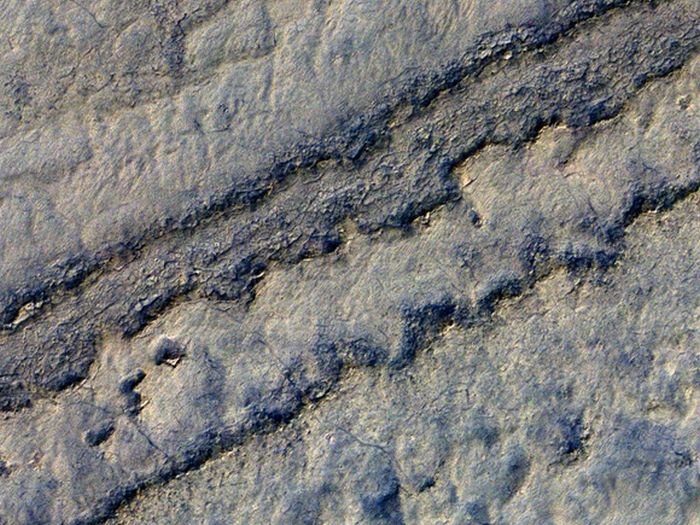|
|
Mars Surface
|
Influential works included Ray Bradbury's The Martian Chronicles, in which human explorers accidentally destroy a Martian civilization, Edgar Rice Burroughs' Barsoom series, C. S. Lewis' novel Out of the Silent Planet (1938), the Mars trilogy of Kim Stanley Robinson and a number of Robert A. Heinlein stories before the mid-sixties.
Author Jonathan Swift made reference to the moons of Mars, about 150 years before their actual discovery by Asaph Hall, detailing reasonably accurate descriptions of their orbits, in the 19th chapter of his novel Gulliver's Travels.
A comic figure of an intelligent Martian, Marvin the Martian, appeared on television in 1948 as a character in the Looney Tunes animated cartoons of Warner Brothers, and has continued as part of popular culture to the present.
After the Mariner and Viking spacecraft had returned pictures of Mars as it really is, an apparently lifeless and canal-less world, these ideas about Mars had to be abandoned and a vogue for accurate, realist depictions of human colonies on Mars developed, the best known of which may be Kim Stanley Robinson's Mars trilogy. However, pseudo-scientific speculations about the Face on Mars and other enigmatic landmarks spotted by space probes have meant that ancient civilizations continue to be a popular theme in science fiction, especially in film.
|
|









